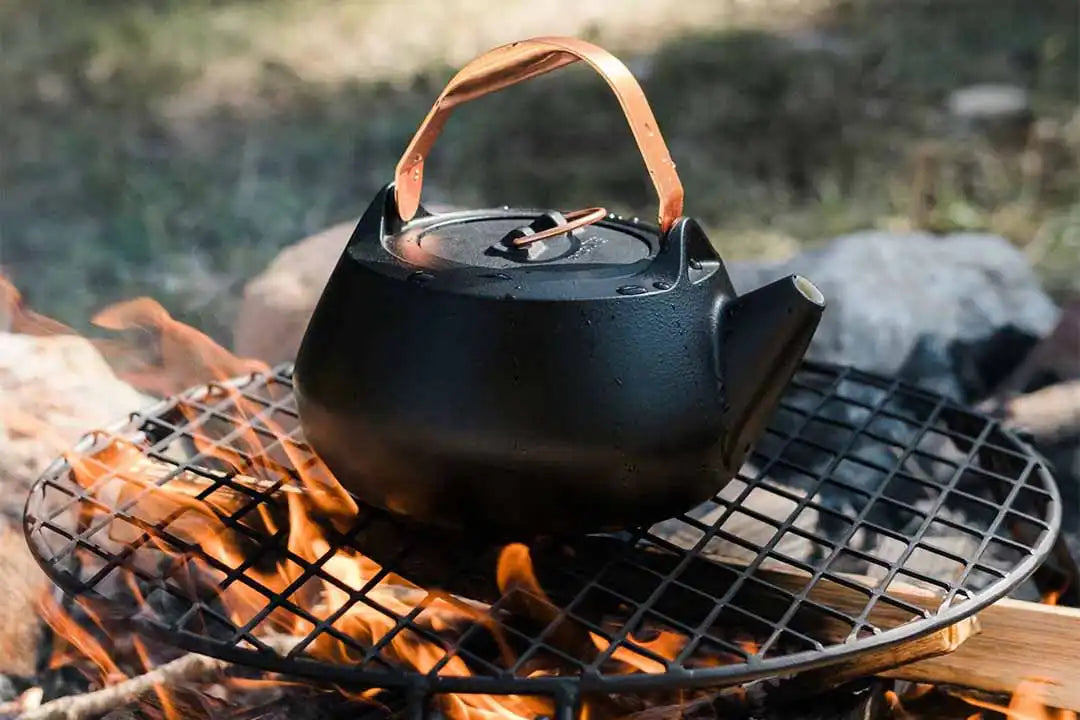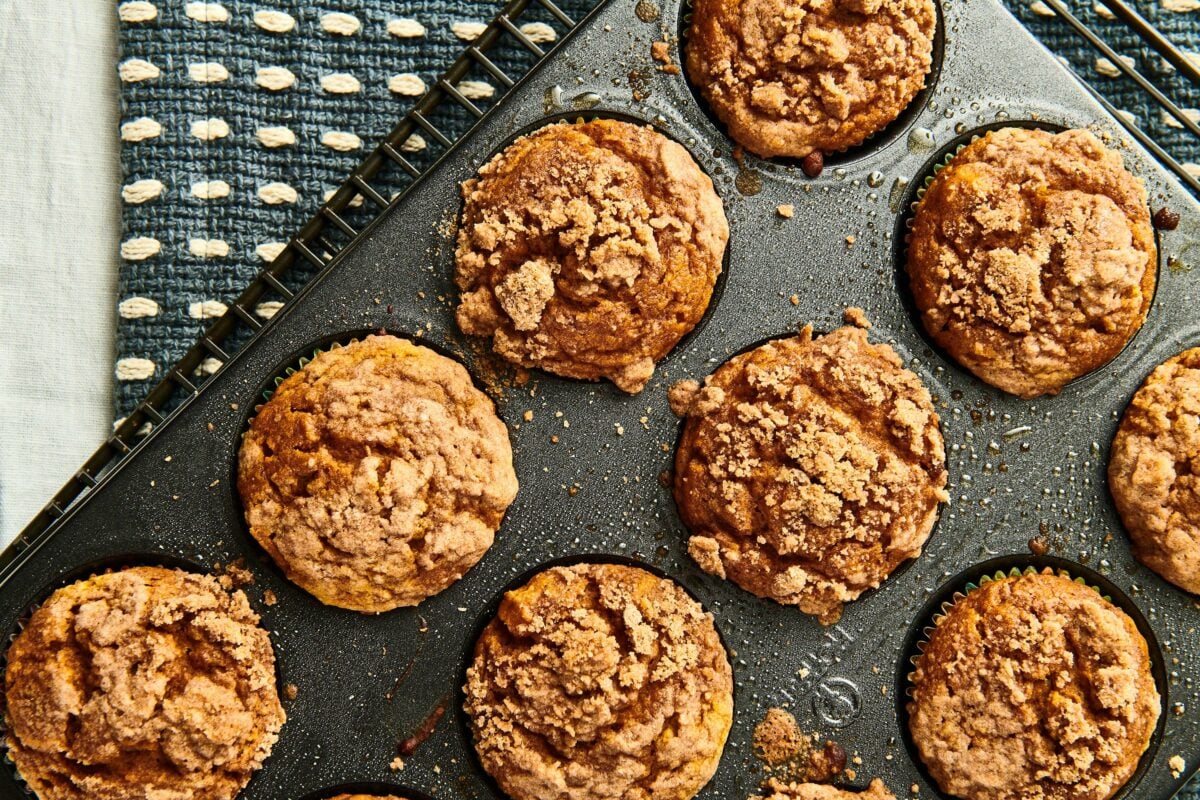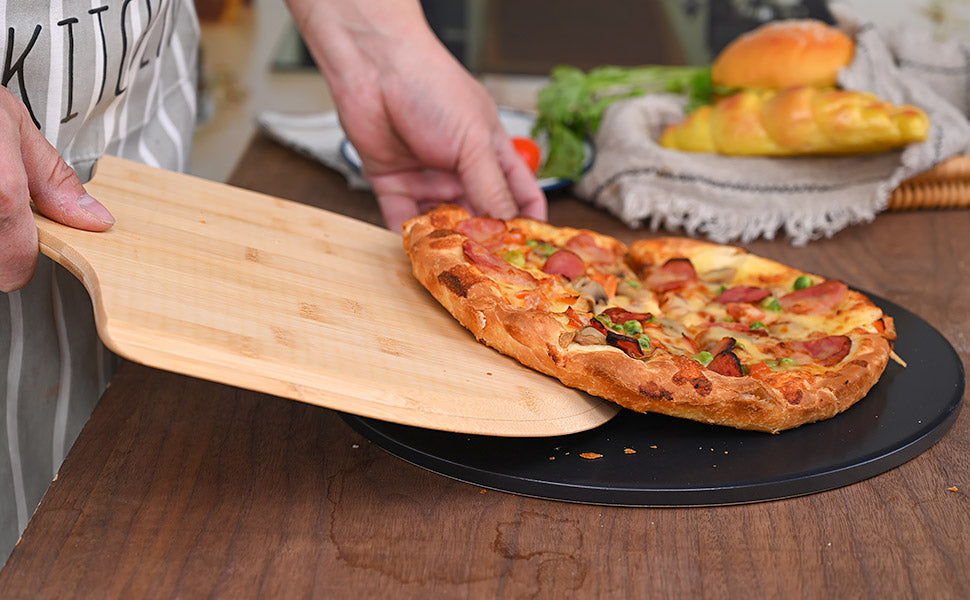If you're a kitchen professional or someone who simply loves the charm of outdoor cooking, maintaining your tools is a skill of utmost significance. One of the essential tools in outdoor and campfire cooking is the pie iron. Knowing how to clean and maintain your pie iron can extend its lifespan and improve your cooking experience.
Equip yourself with the knowledge to keep this culinary companion in perfect shape. You don't want to miss any essential steps in preserving your pie iron's integrity. Following a regular cleaning and maintenance routine will ensure its efficiency during those spirited outdoor gatherings.

Why Proper Cleaning is Crucial
A pie iron is a timeless tool used to craft delicious toasted sandwiches and other meals over an open flame. The cooking process leaves residues of food and oils that could develop rust if not cared for properly. Rust is a pie iron's worst enemy, compromising its performance and safety.
Proper cleaning not only eradicates food residues but also prevents the built-up of harmful bacteria that could affect the flavors and safety of your culinary creations. Remember, a well-maintained pie iron symbolizes professionalism and value to any seasoned kitchen user.
Initial Steps for Effective Cleaning
Disassemble and Cool Down
Begin by disassembling the pie iron carefully, allowing it to cool down. Attempting to clean it immediately after cooking exposes you to potential burns, risking personal safety.
Once you have ensured it's cool, separate each piece of the iron.
Remove Food Residue
Use a damp cloth to gently wipe away any food remnants. Avoid abrasive materials that could damage the iron's surface. Light cleaning products such as mild dish soap can help cleanse the surfaces, but ensure you rinse thoroughly, eradicating soapy remnants that could alter flavors during future uses.
Maintenance Tips for Lasting Quality
Thorough Drying
Comprehensive drying is an irreplaceable step in the care routine. Moisture is a breeding ground for rust, and by drying your pie iron meticulously, you protect it from rust invading its surfaces.
Seasoning the Pie Iron
Post-cleaning, re-seasoning your pie iron is crucial. This not only prevents rust but also enhances the non-stick properties of your iron. Consider using a method similar from How to Season a Pie Iron for great outcomes.
Regular Check-ups
Perform regular inspections for any signs of damage or wear. Early identification of potential issues can prevent serious complications down the line, preserving the utility and beauty of your beloved pie iron.
The Right Storage Techniques
Storing your pie iron appropriately is as vital as cleaning it. Use breathable materials like cloth if you must cover it, as plastic can trap moisture, leading to rust.
For more specific storage tips, check out the Cowboy Fire Pit Grill Storage Tips to find the right way to store your cooking tools like a pro.
Traditional Uses and Popularity
This classic kitchen instrument continues to capture the hearts of many, thanks to its rustic appeal and functional benefits. More people are rediscovering this gem for outdoor excursions, evident in various delightful recipes found in campfire cookbooks.
Inspiration awaits at Campfire Pie Iron Recipes where you can dive into a realm of exciting menu ideas suitable for various occasions.

Frequently Asked Questions
How often should I clean my pie iron?
It's best to clean your pie iron after each use to prevent food residue buildup and potential rust formation. Regular cleaning ensures its longevity and readiness for the next cooking session.
Can I use dish soap on my pie iron?
Yes, you can use mild dish soap for cleaning, but ensure it's rinsed completely to avoid leaving a soapy taste on your next food preparations.
How do I remove rust from my pie iron?
Rust can be diligently removed by scrubbing with a fine-grade steel wool, followed by proper cleaning and re-seasoning to restore its protective layer.
This article contains affiliate links. We may earn a commission at no extra cost to you.






Leave a comment
This site is protected by hCaptcha and the hCaptcha Privacy Policy and Terms of Service apply.